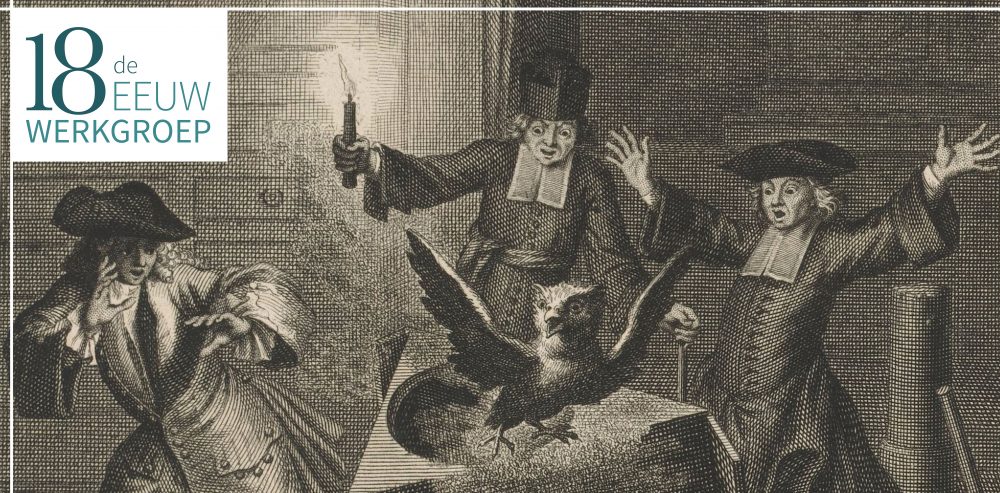De Achttiende Eeuw 46 (2014) nr.1
Marleen de Vries, De kunst van het liegen. Waarheid versus bedrog in de achttiende eeuw
Jack Lynch, Not-so-splendide mendax: standing up for dupes
In examining fakes and forgeries, we moderns often forget that we occupy a position unavailable to the original disputants. The very framing of our subject of inquiry, fakes, takes for granted that the items we study are inauthentic, which allows us to pass judgment on those who were duped. At the time, though, there was very little clarity, and those who argued over authenticity had the difficult task of sorting the true from the false. This article encourages us to try on occasion to see fakery from the point of view of those who did not know the outcome of the disputes.
Jacqueline Hylkema, The pleasure of being deceived: spectatorship in the arts and other deceptions in eighteenth-century England
Eighteenth-century Britain was rife was deception and its fascination with the subject was reflected in an abundance of pamphlets and prints discussing exposed cases of forgery and imposture. A small number of these discussions continued a Baroque tradition in which the illusionary nature of the arts was explored in sustained comparisons with actual deception. This article presents several of these visual and textual commentaries, including William Hogarth’s The Wise Men of Godliman (1726) and prints and pamphlets related to the Great Bottle Hoax (1749), and shows how these reflected eighteenth-century developments in the perception of the arts and their dynamics, especially in terms of spectatorship, while remaining thoroughly in line with the Enlightenment’s ideas on truth and lying.
Ton Jongenelen, Als niet komt tot iet, is het allemans verdriet. De verzekeraar Johannes van der Hey
In the 1760s, the former hack writer Johannes van der Hey founded a life insurance company that made many promises but in the end could not deliver. When the deception came to light in 1777, he fled Amsterdam with a considerable amount of the policyholders’ money. Van der Hey was not only criticized for his mismanagement but also for his luxurious lifestyle and grotesque overconfidence – as if lying isn’t lying if you believe the lie yourself.
Elwin Hofman, De beproevingen van Marie Blomme. Waarheidsproductie in een achttiende-eeuwse Vlaamse stad
Lies and deceit were common in the eighteenth century. People were well aware of this and used several methods to discover truth. In this article, I discuss the production of truth in the case of Marie Blomme, who claimed to have had a child by the treasurer of the Flemish town of Kortrijk, Joseph Coppieters, in the 1720s. I analyse four forms of truth production: court, reputation, confession and self-reflection. I will investigate all four forms in terms of their importance, precise object, method of producing truth, and status as truth. Finally, I propose that the conflicting truths that were the result of these forms of truth production, suggest a lack of concern for authenticity in the early eighteenth century.
De Achttiende Eeuw 46 (2014) nr.2


Je moet ingelogd zijn om een reactie te plaatsen.